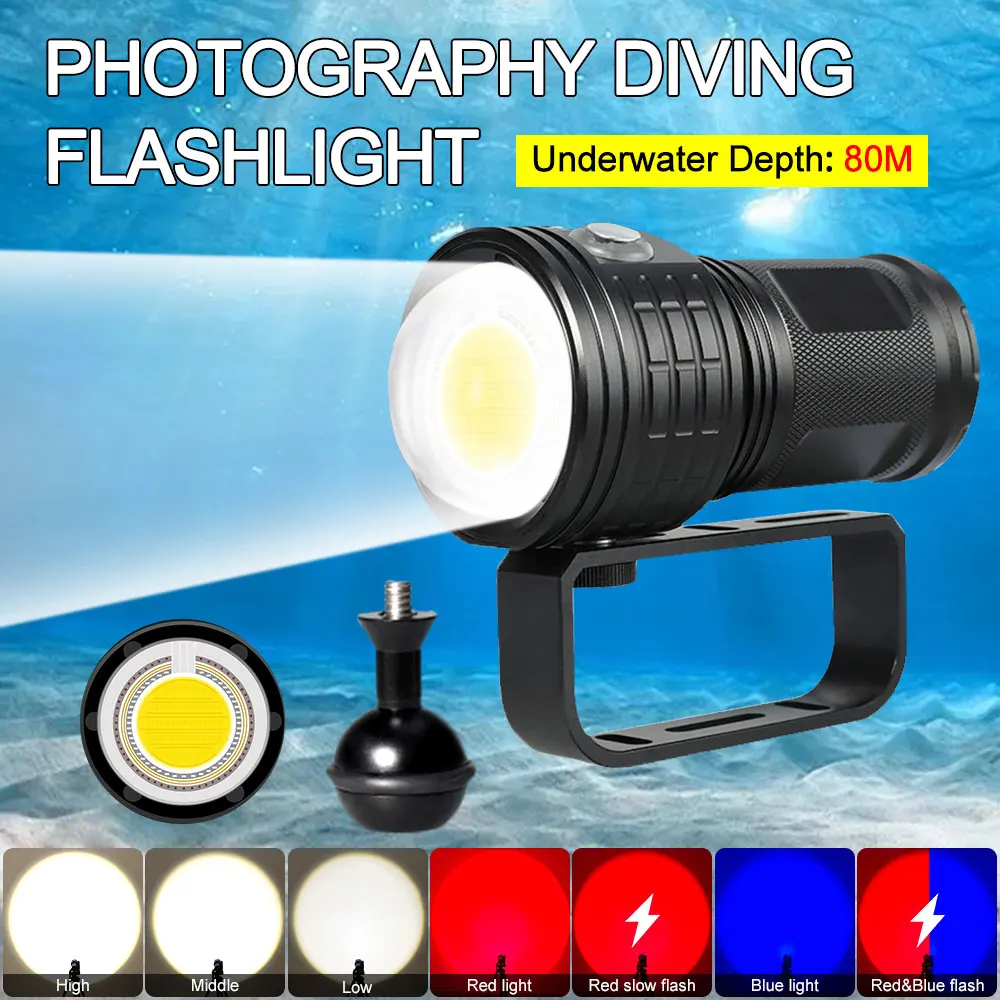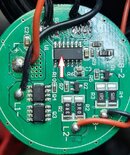Really nice to see measurements even if i'm not to happy about the results of a CRI of 67%. Was really hoping for more...I received two lights from AliExpress. The order model was AS27-1H but the instruction manual says Sealion-B15. It was sold as a 20000lm light. 12000lm disappeared as soon as I opened the instruction manual. The manual states 8000lm. The brand is LetonPower. Other brand option was BRETT but I went with LetonPower because photos of it showed a brass ring on the PCB for positive battery contact. I don't like plain ENIG plated PCB for contact.
View attachment 862045
The first thing I did was adding a plastic stick to the head to prevent the PCB from rotating. I just glued it into place with hot glue and cut to proper length.
View attachment 862046
I have access to a dark room lab at work.
There I measured the spectrum of the light and colour temperature. From the spectrum I could calculate the CRI. The leds are cheap chinese leds with colour temperature of 7200K and CRI of 67.
View attachment 862048
I also measured the leakage current in off state. It was only 17uA which is very good.
I ordered a third light which I will use for measuring the led driver circuit and for prototyping a magnet+hall switch upgrade for the buttons.
I will also measure the lux and lumen output of the lights. I have access to an integrating sphere lumen meter but I don't know the correction factor to the reading (lux meter reading to lumens). I'll probably measure the lux reading across the light pattern and calculate lumens of it.
The PCB in mine was glued and very firmly attached.
Also added REED relays with success. de-soldered the push button and added the reed relay instead and then attached the pcb with a small dab of molten glue to make it stay in place when i filled the hole with transparent epoxy (the led indicators still work nicely).
This way i never needed to open the light and fiddle with the other electronics glued in place.
I would recommend to use weak magnets and close to the reed relay to avoid interference to the compass. I used 5mm diameter and 3mm thickness neodymium magnets and those impact my compass at a distance of approx 20-30 cm. I have ordered smaller magnets to try





